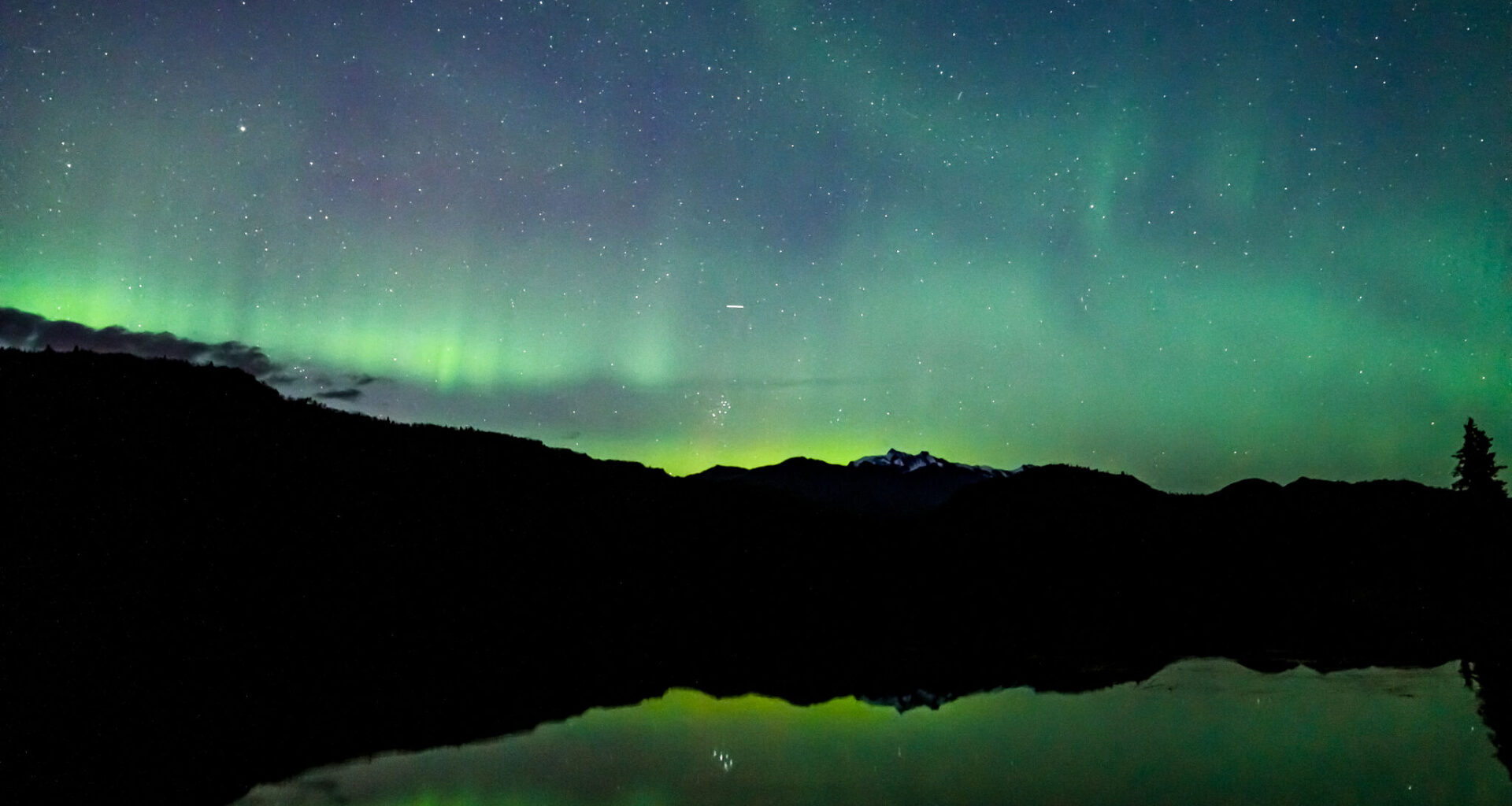Incoming solar storms will peak overnight Thursday, making northern lights visible in parts of North America. Here’s what to know about the G2 (moderate) geomagnetic storm watch issued by NOAA’s Space Weather Prediction Center.
A total of 15 states are fully or partially above Thursday’s aurora view line; unfortunately, Texas isn’t one of them.
For those above the aurora view line, visibility is forecast to peak between 4 p.m. and 10 p.m. Central Time on Thursday.
The aurora borealis appears in the sky when charged particles from the sun interact with Earth’s magnetic field and atmosphere. The sun emitted a series of flare-ups, called coronal mass ejections (CMEs), between Oct. 11 and Oct. 13, per the Space Weather Prediction Center. Upon reaching Earth, the particles are channeled toward the polar regions by the planet’s magnetic field — the field lines meet at the magnetic poles, which is why the northern lights are most visible in the northernmost region of the Northern Hemisphere.
When the particles from the sun hit Earth’s upper atmosphere, they collide with gas atoms and molecules like oxygen and nitrogen. The collisions temporarily excite the atoms and raise their energy levels. As auroras form, Earth’s magnetic field redirects the particles toward the poles through a process that produces a stunning display of rays, spirals and flickers that have fascinated humans for millennia. Whether hues of green, red, blue and even pink dance about in the sky depends on the altitude where the collisions occur, as well as the composition and density of the atmosphere at the time.
Combinations of gas and altitude result in the following colors:
This phenomenon also occurs on the Southern Hemisphere; the southern lights are also called the aurora australis.
While we won’t notice weaker solar activity, a geomagnetic storm may cause temporary disruptions to technology and electronic communications, but no major impacts are expected — except for the dazzling display of the northern lights.
Fortunately, Earth is shielded by its magnetic field, an invisible barrier that protects us from solar winds. When strong solar particles interact with gases in the atmosphere near the magnetic poles, they produce the vibrant colors of the auroras

